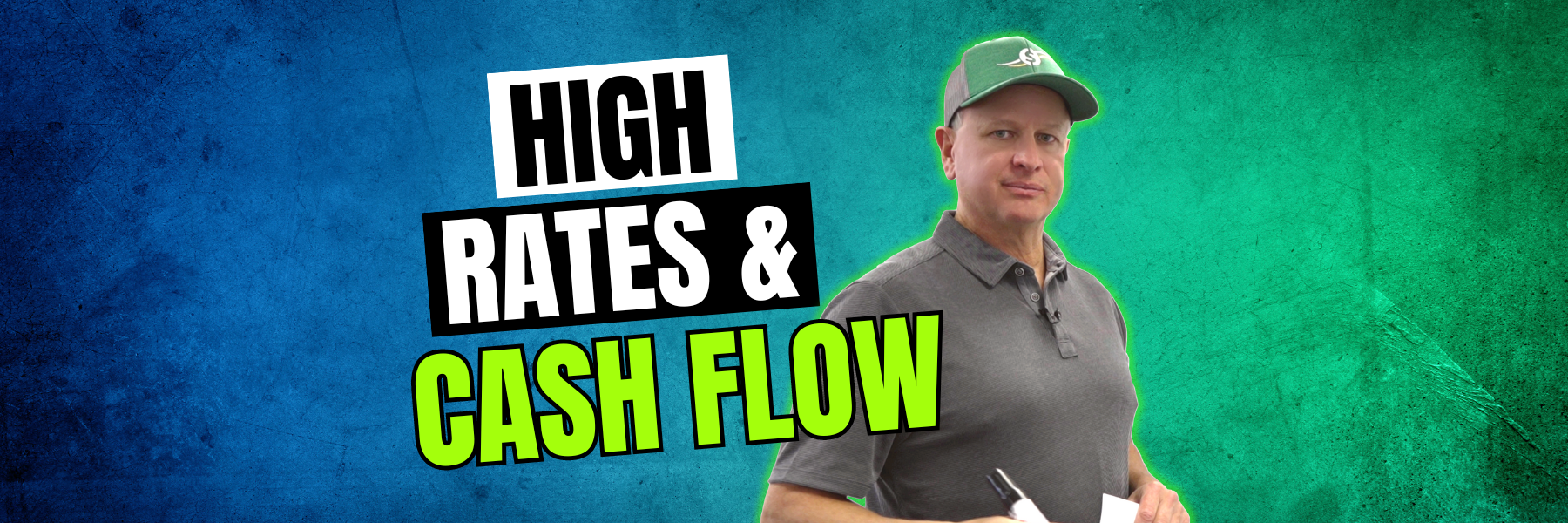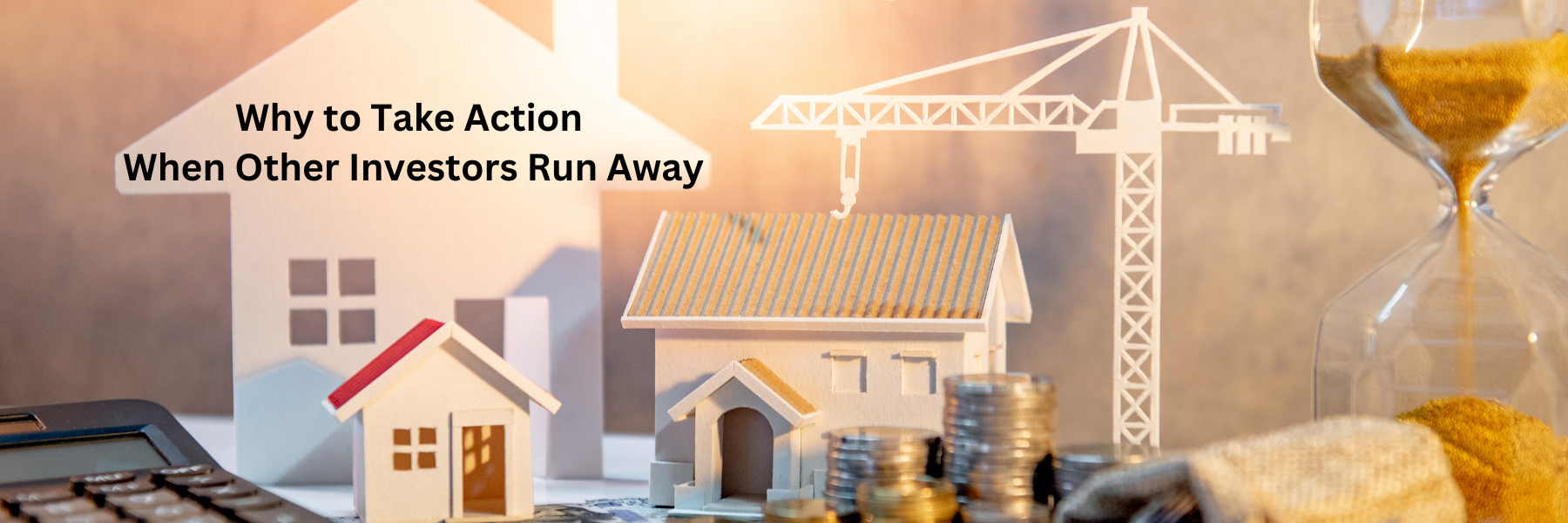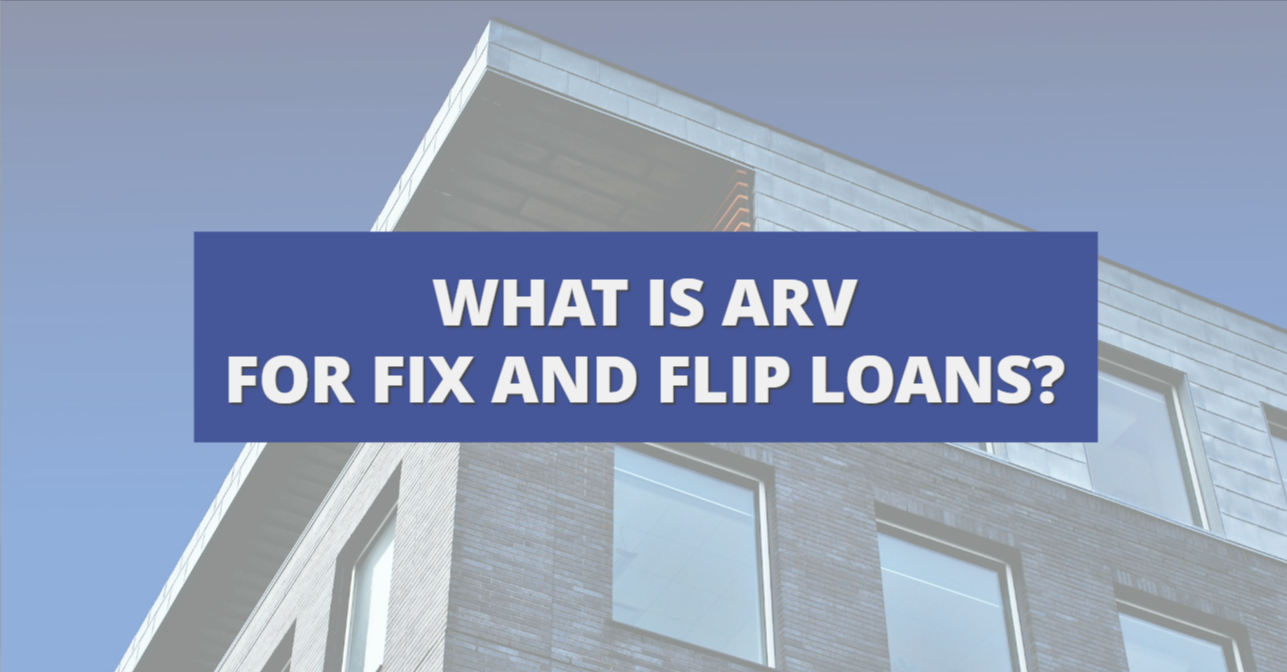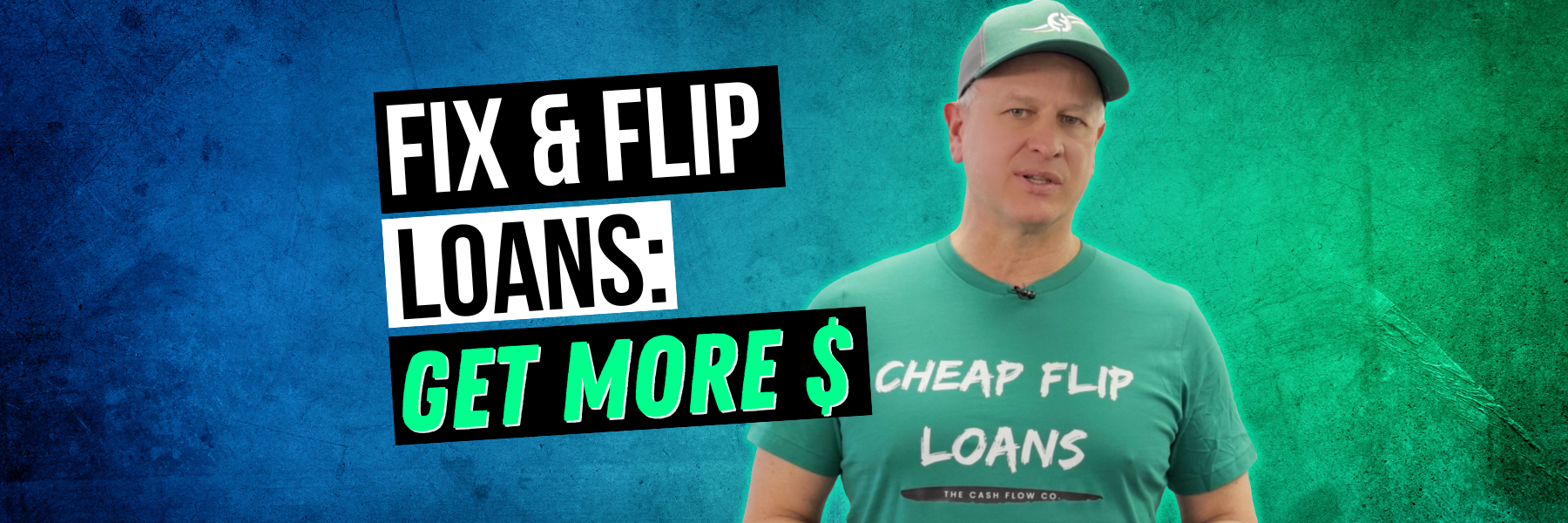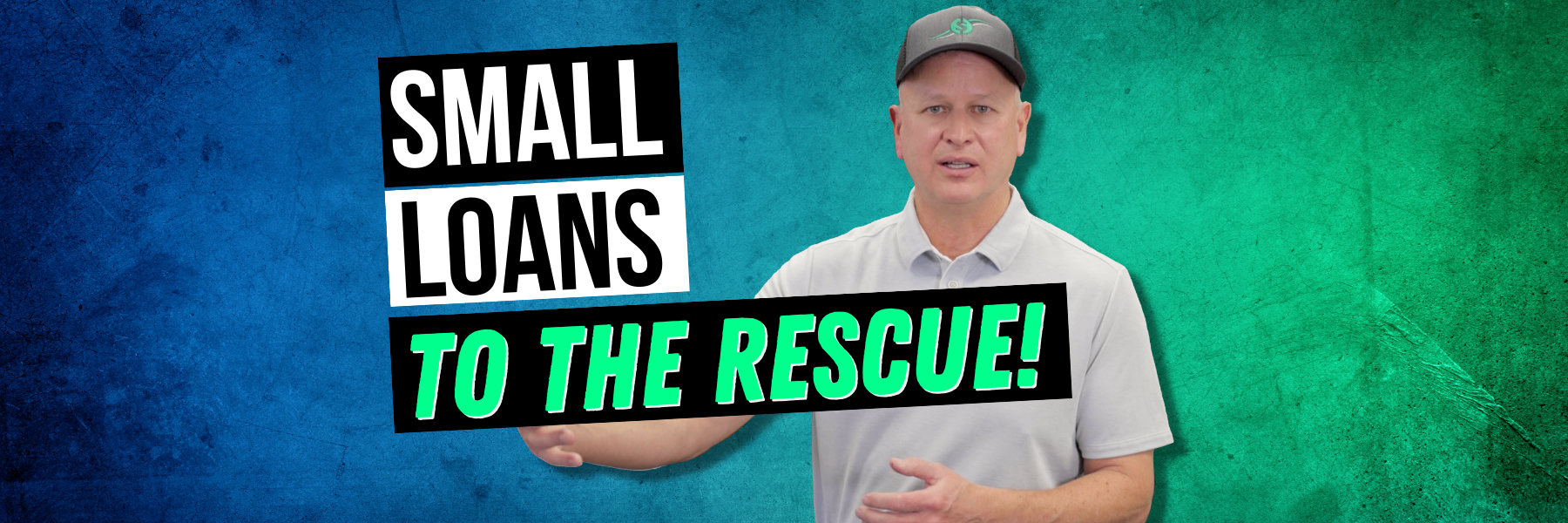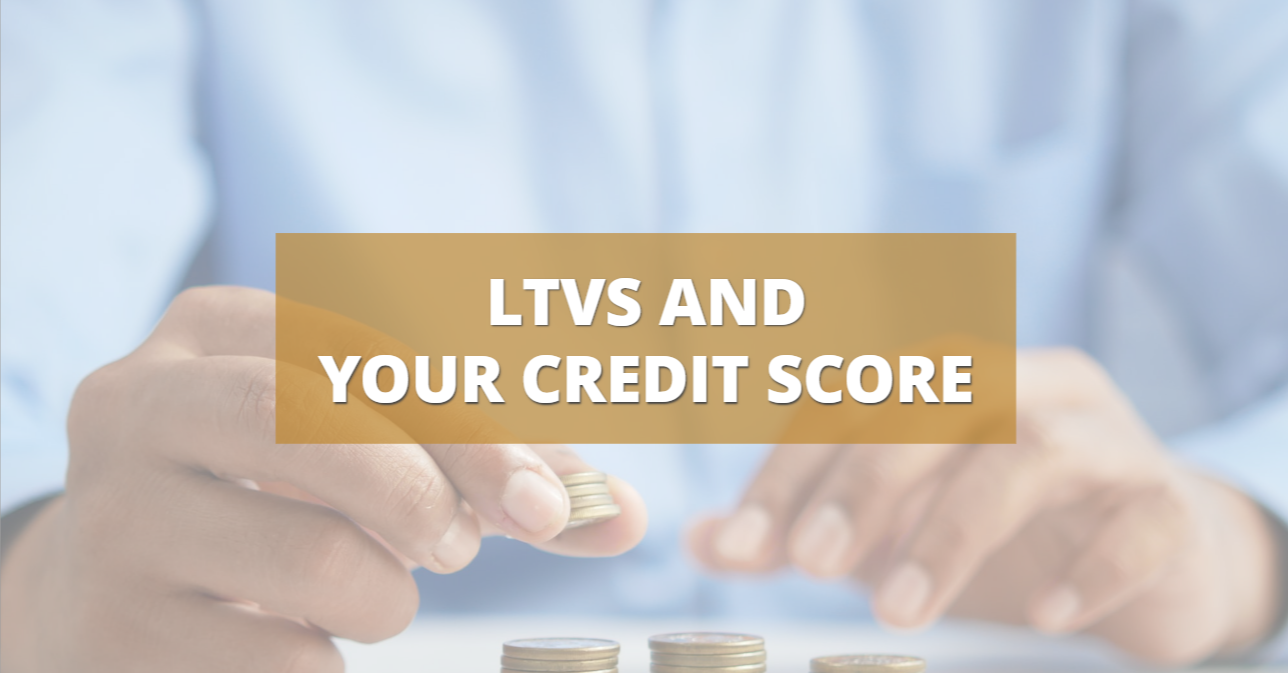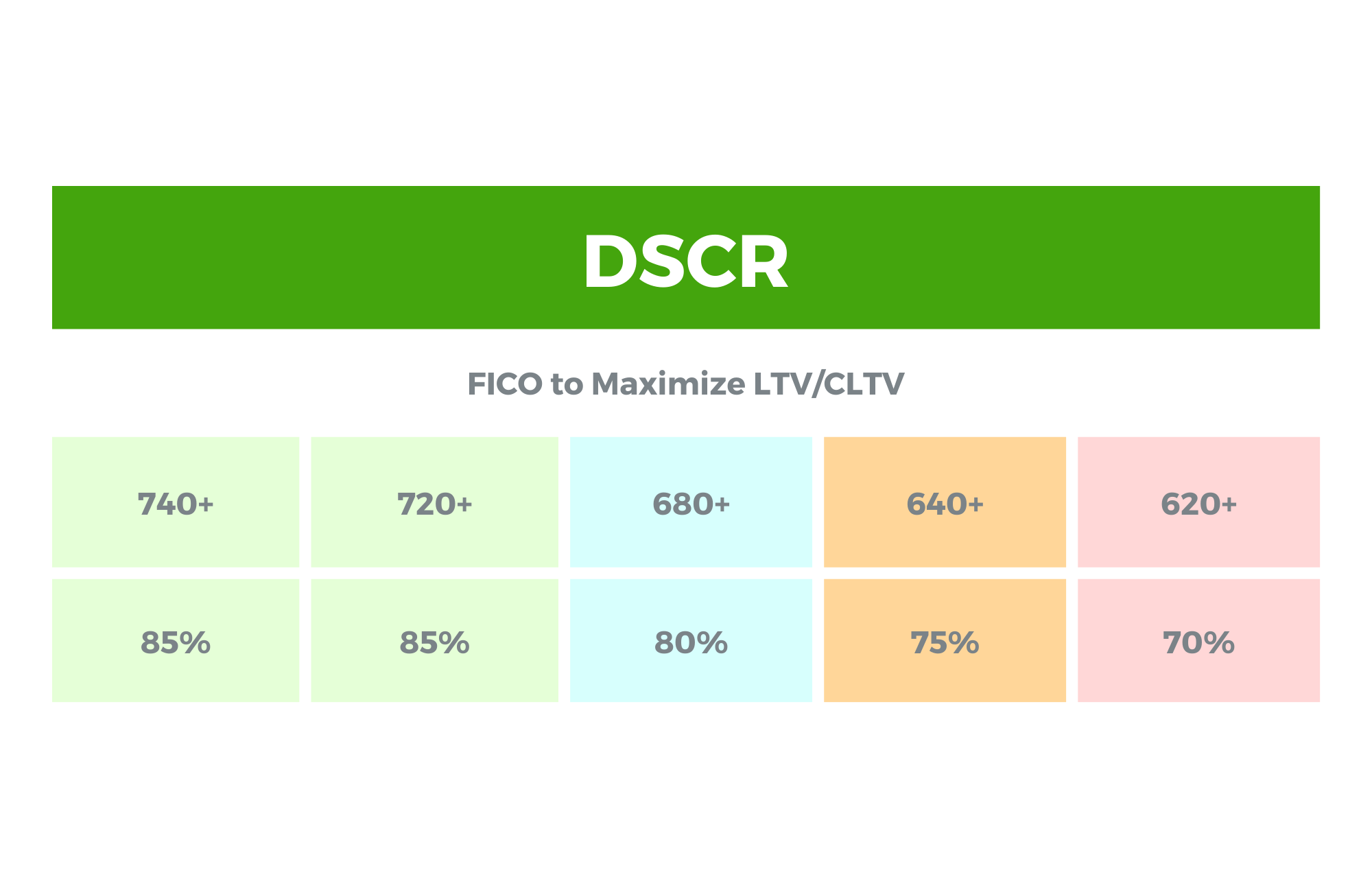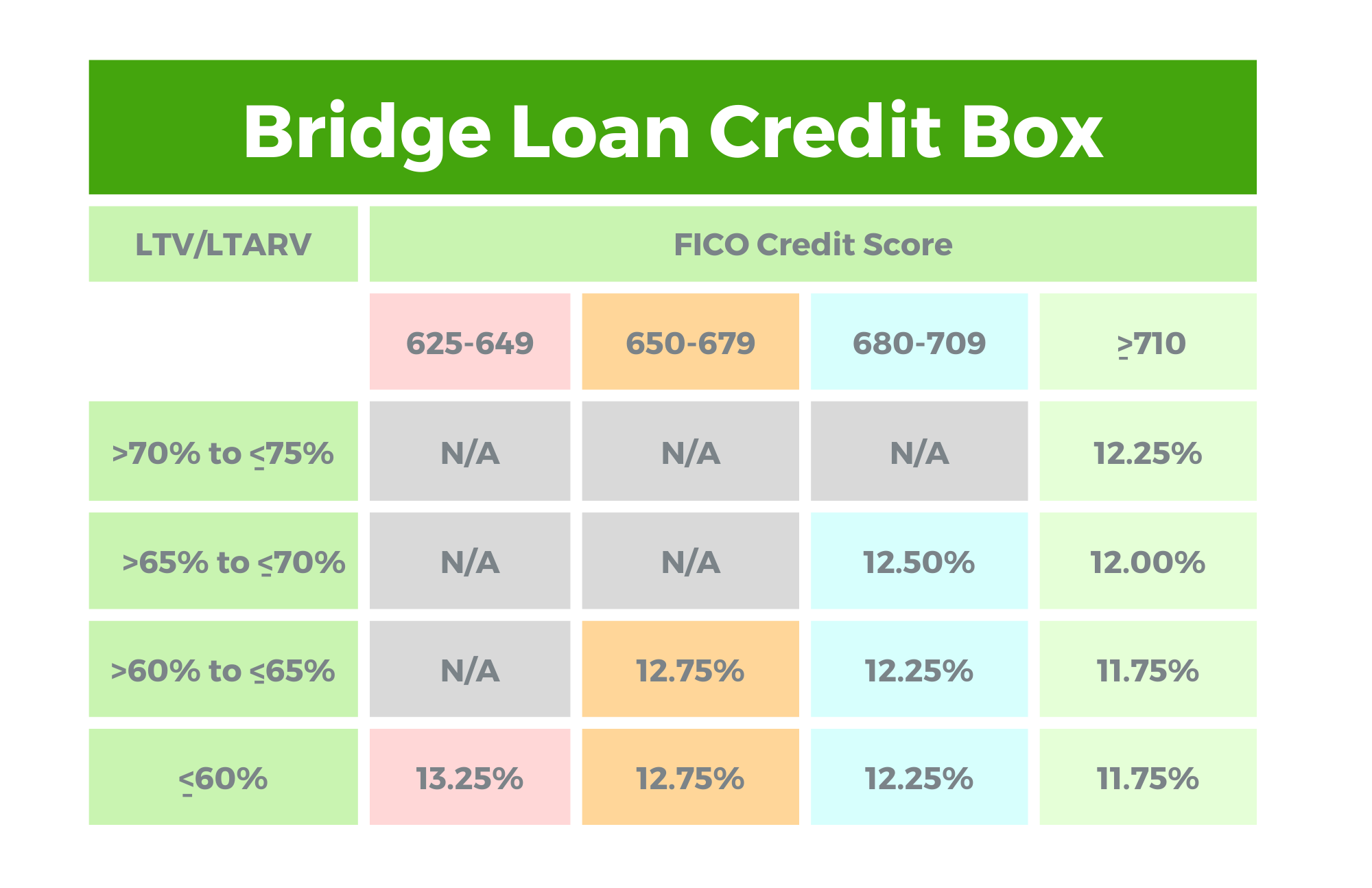How High Interest Rates Impact Real Estate Investments
Today we are going to paint a picture of how high interest rates impact investments for those who fix and flip properties or have rentals. Our goal is to show how rates, credit scores, and LTV can affect your ability to not only qualify for a loan, but also cash flow on the property. We all know what is happening with the Fed and how it is impacting us, but what does that look like on paper? The example that we are reviewing today will provide an excellent visual of how everything plays a role in the real estate game. DSCR is the product we are using today because it is one of the most popular out there.
| Type of property | Purchase price | Appraisal
average rents in area |
Amount down | Financing
30 year loan |
Fees
Taxes Insurance HOA |
DSCR
(LTV) |
| Rental | $250k | $1,950 | 20% | 80%
($200K loan) |
$300 | 75% |
| Credit Score | DSCR rate | Payment amount
principle and interest |
Payment amount plus fees | Cash flow
based on appraisal |
||
| Client 1 | 680 | 9.75% | $1,718 | $2,018 | -$68.00 | |
| Client 2 | 720 | 8.99% | $1,608 | $1,908 | +$42.00 | |
| Client 3 | 780 | 8.75% | $1,573 | $1,873 | +77.00 | |
What about Conventional and Fix and Flips?
This example is also representative of a conventional, and fix and flips as well. In a nutshell, the more you pay on interest, the less properties you can handle.
What is the appraisal?
An appraisal determines the average of rents in the neighborhood and uses this amount in the underwriting. The amount can change depending on if you have a couple years of history with rents that exceed the determined amount. The increasing rates are making it extremely difficult for properties to hit the expected rent amount.
What is the DSCR rate?
DSCR rates are determined based on your LTV. A credit score below 680 typically lowers the LTV from 80% to 75%. Therefore, you would need to put in more money up front on each purchase. If you’re looking at a DSCR with a credit score of 679, you will either be declined or it will flip you into a non ratio DSCR. Which means that your rates are going to be higher. Is a DSCR loan right for you? Visit our website to find out more.
The power of credit scores.
Your credit scores not only affect your rates, but they also will impact your cash flow on the property. Do you need to raise your credit score in order to qualify? We can help you get your credit scores back on track with our 911 loan. Contact us today to find out more. As credit scores go up, you will be able to capture more monthly income and create wealth.
How do rates affect cash flow?
As rates continue to rise, your payments are going to increase as well. This in turn causes your cash flow to suffer, and in most cases it will be a negative. Cash flow positive on the other hand, means that there are going to be more properties available for more investors. So keep your eye out for this change!
Rates are decreasing!
Over the past three weeks rates have been decreasing. We may be at the peak right now and many are predicting that rates are going to significantly drop in 2024. It is imperative that you stay up to date and keep track of current trends. We have created a Weekly Investor Mortgage Report for you! Reach out through our website or email to find out more.
Keep increasing your leverage!
In real estate investing leverage is the key to success. It is what makes your wealth and creates your income. By using banks, other people’s money, and filling your leverage buckets, you will set yourself up for success.
In Conclusion.
I wanted to paint this picture so you can understand how 3 different people compare side by side on the same property. Investors can either be denied or approved just based on their credit score, or where the markets are. While being denied is discouraging, it is important that you understand why you didn’t qualify and why properties are not cash flowing right now. If you want to impact where you are and where you are going in the New Year, then check out our website. We have a lot of ways to positively impact your credit, as well as a weekly newsletter. We are here to help you get on the path to success.
Watch our most recent video to find out more on How High Interest Rates Impact Real Estate Investments.

